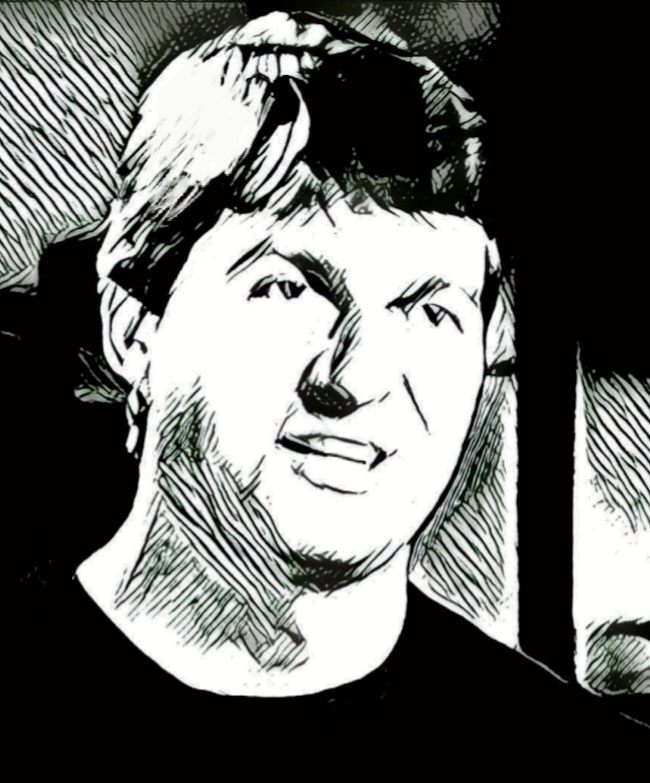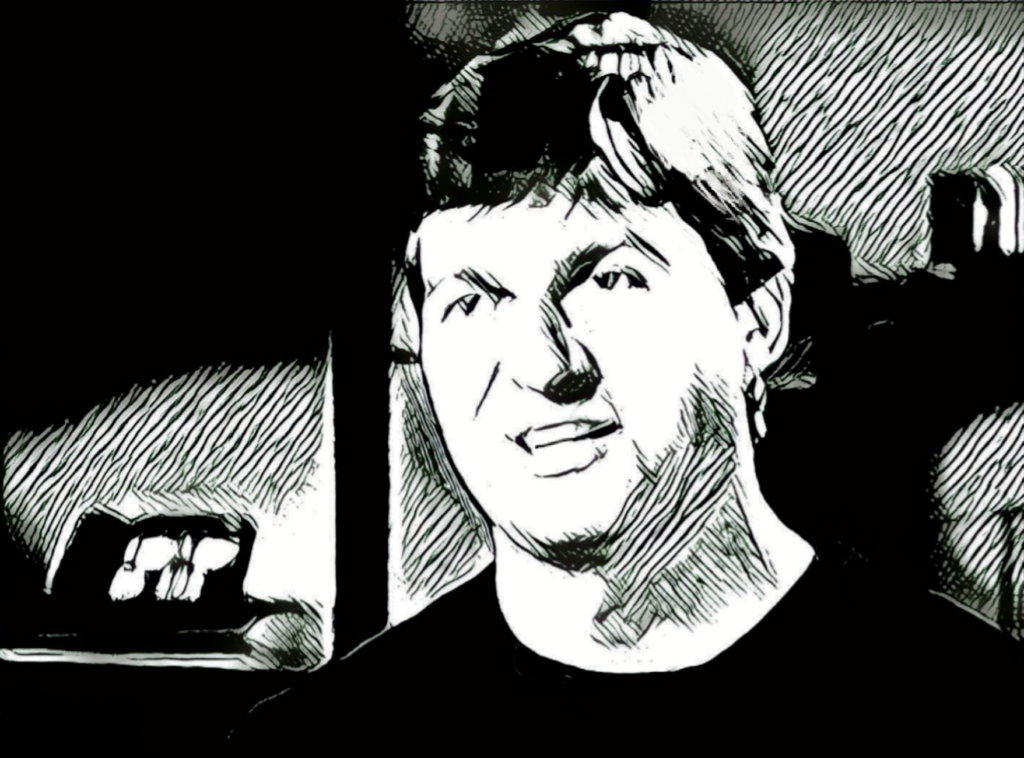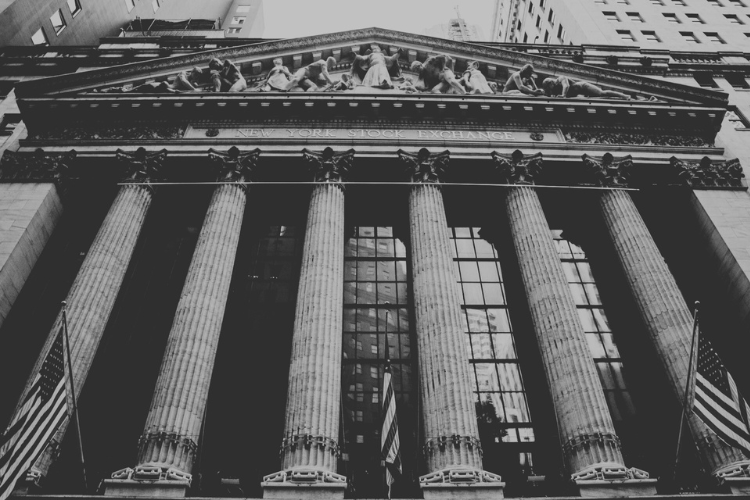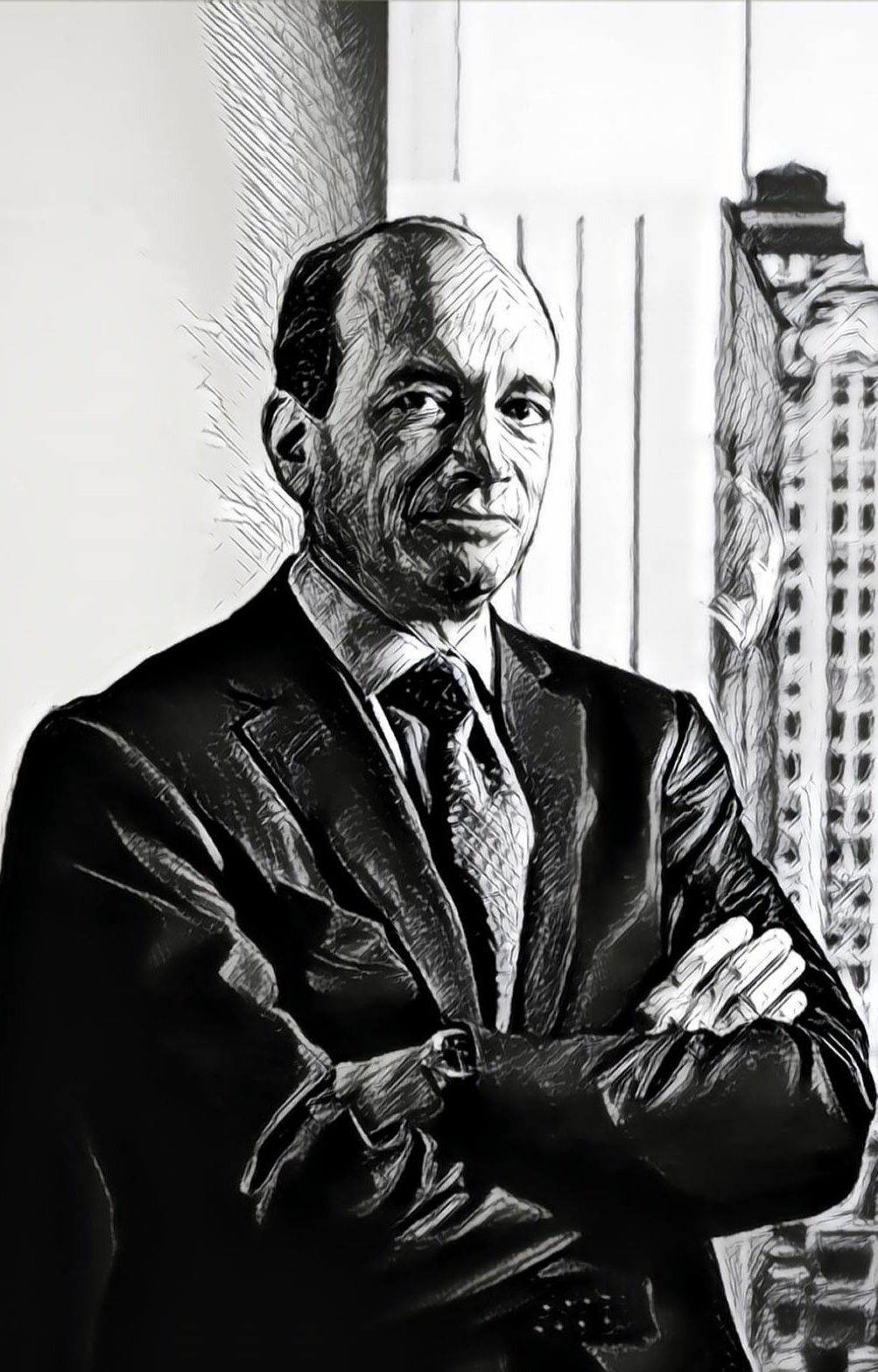How did Michael Burry's portfolio perform during the 2008 financial crisis? As a hedge fund manager, Dr. Burry’s earnings raised eyebrows and redefined investment approaches worldwide. But exactly how much did Michael Burry make in 2008? And what strategies led to his success?

How Much Did Michael Burry Make in 2008?
Dr. Michael Burry made an impressive $725 million US through his hedge fund, Scion Capital, in 2008. Technically, he made this amount in 2007, not 2008, but people say 2008 because that's the year associated with the GFC. Dr. Burry saw about $730 million US in redemptions in 2008.
When investors wonder ‘how much did Michael Burry make in 2008,’ they often overlook the complex strategies that led him to profit during a global downturn. What made his insights so unique?
Let’s explore who Dr. Michael Burry is, his educational background, his investment philosophy, and how his contrarian strategy generated such substantial profits.
Michael Burry's Early Life
Dr. Michael Burry was born on June 19, 1971, in San Jose, California. From a young age, he faced significant challenges, including losing his left eye to retinoblastoma, a rare childhood cancer, resulting in a prosthetic eye. Despite this and his social awkwardness, he developed a keen interest in both the medical field and finance, which set the stage for his future endeavors.
Dr. Burry's Education
Dr. Burry pursued his undergraduate studies at UCLA, focusing on economics and pre-med, showcasing his diverse interests. He then attended Vanderbilt University School of Medicine, where he earned his MD. Although he initially pursued a career in neurology, his passion for finance led him to transition into the investment world.
Michael Burry Starts Scion Capital
In 2000, Dr. Burry founded Scion Capital, a hedge fund he established with an inheritance and family loans. His investment strategy was heavily influenced by Benjamin Graham and David Dodd's value investing principles. Dr. Burry's approach focused on finding undervalued stocks that provided a margin of safety, setting him apart from many of his contemporaries. We tend to forget that value investing is a niche strategy in the world of investing.
Burry Becomes The 2008 Contrarian Legend
Dr. Burry's most notable success came during the 2008 financial crisis. Recognizing the housing market bubble, he persuaded banks to create credit default swaps (CDS) on mortgage-backed securities (MBS). His bet against the housing market paid off, earning his hedge fund $725 million.

This remarkable achievement brought him widespread recognition, particularly through Michael Lewis's book The Big Short and its film adaptation.
Michael Burry's Current Pursuits
Today, Dr. Burry continues to manage his private investment firm, Scion Asset Management, which he incorporated in 2013. Known for his prescient insights on market trends and investment opportunities, Dr. Burry remains an influential figure in the financial world. His journey from medical doctor to financial legend exemplifies his adaptability and foresight.
Despite widespread skepticism at the time, how much did Michael Burry make in 2008 by betting against the housing market? A lot - $725 million thanks to his unique insights.
But what inspired him to go against conventional wisdom?
Michael Burry’s Investment Philosophy
Dr. Burry's investment strategy is known for its contrarian approach and deep value analysis. Here are some key elements:
- Margin of Safety – Dr. Burry focuses on investing in stocks that are trading below their intrinsic value, ensuring a buffer against potential losses.
- Bottom-Up Research - He performs thorough, fundamental research on companies, often looking for undervalued opportunities in out-of-favor industries.
- Free Cash Flow - Dr. Burry emphasizes the importance of free cash flow as a measure of a company's financial health, rather than relying solely on price-earnings ratios.
- Small and Micro-Cap Stocks - He prefers investing in small and micro-cap stocks, which are often overlooked by the broader market.
- Special Situations – Dr. Burry looks for unique opportunities such as distressed assets, arbitrage opportunities, and companies selling for less than their net asset value.
The amount of money that Dr. Burry made in 2008 was entirely due to a unique special situation investment, where he bet on a the collapse of mortgage backed securities - a true black swan event.
Dr. Burry's strategy is to find undervalued assets, coupled with downside risk protection. His success in predicting the 2008 financial crisis is a testament to the effectiveness of his approach. But how much money did Dr Burry make and what was his unique investment vehicle?
How Much Did Michael Burry Personally Make in the 2008 GFC?
Dr. Michael Burry made a personal profit of $100 million by correctly predicting the 2008 financial crisis and shorting the mortgage bond market. Scion Capital generated $725 million for its investors equating to returns of 489.34%, net of fees and expenses.
Michael Burry’s 2008 Housing Market Short
Dr. Burry's strategy to short the housing market by buying credit default swaps (CDS) on mortgage-backed securities (MBS) was a multi-step process:
- Identifying the Risk – Dr. Burry recognized early on that the housing market was a bubble, driven by high-risk loans and speculative behavior. He believed that many homeowners would default on their mortgages, leading to a collapse in the value of mortgage-backed securities.
- Creating the Instrument - At the time, there were no existing CDS for subprime mortgage bonds. Dr. Burry convinced banks to create these instruments, which are essentially insurance policies that pay out if the underlying asset defaults.
- Buying the CDS - Dr. Burry purchased CDS on MBS, betting that homeowners would default on their loans. He paid premiums to the banks for this protection, essentially betting against the housing market.
- The Collapse - When the housing market crashed and defaults increased, the value of the MBS plummeted. Dr. Burry's CDS contracts paid out, and he made a substantial profit as the banks had to cover the losses from the defaults.
Analysts continue to speculate about the amount Michael Burry profited in 2008 due to his foresight into the housing market collapse. Could his approach offer valuable lessons for today’s investors?
Yes, but we would not recommend trying the same approach on your own. Dr. Burry’s strategy was highly contrarian and required a deep understanding of the underlying risks in the housing market. His ability to foresee the crisis and make a bold bet against the prevailing market sentiment was key to his success.
Read next: How A Michael Burry Book Can Change Your Financial Perspective









